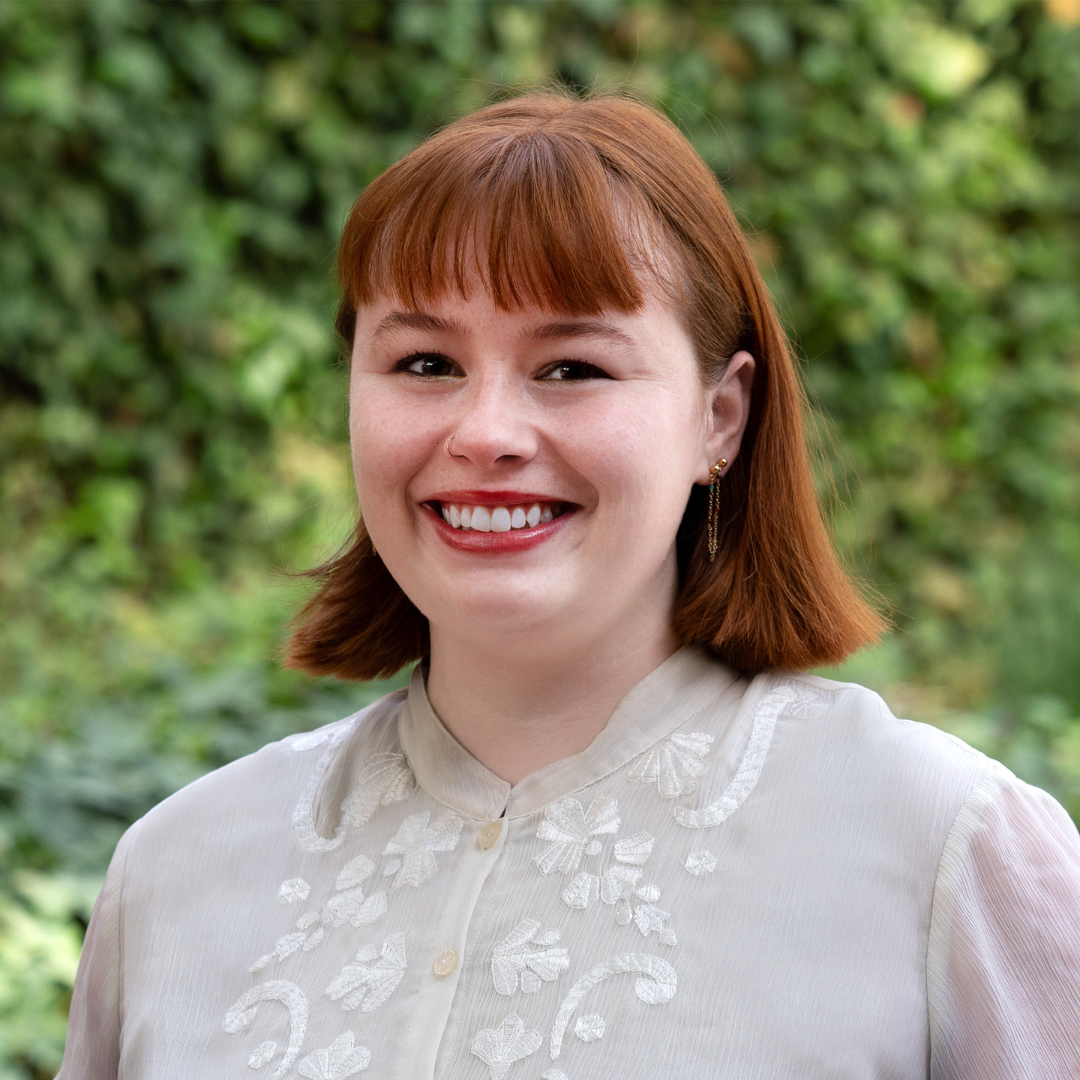
One Agency’s Maps Are Known For Documenting Redlining
But Many Other Factors Played a Role in Denying Loans, LDI Fellow Says
Population Health
Blog Post

Consider the experience of two groups of children in different neighborhoods during the pandemic. One group’s parents had a stable income to access healthy food, and they had space to play inside or outside without worrying about crime or COVID-19 transmission from neighbors. This group was able to stay active and maintain their health. During the same time period, another group of children in a neighborhood with a higher rate of single-parent households, unemployment, poorer housing conditions, and crime– was found to have a higher increase in obesity rates.
This describes the findings of a new study by LDI Senior Fellow Stephanie Mayne and Children’s Hospital of Pennsylvania (CHOP) Principal Biostatistician Jungwon Min. Children aged 2-17 living in Philadelphia County experienced an almost five percentage point increase in obesity prevalence during the onset of the pandemic compared to pre-pandemic timeframes, and the increases were greater among those in poor and dangerous neighborhoods.
These results aren’t surprising since the pandemic triggered a host of changes that limited movement for many children, such as lockdowns, the switch to remote schooling, limited outdoor time, and more barriers to healthy food.
Communities that have suffered from historic disinvestment and displacement now often have lower income rates, higher rates of violence, and lower access to healthy food than wealthier communities. It’s important to note that federal policies that shaped our neighborhoods did so by race, both directly and indirectly, leading to the segregation and racial disparities we see in our communities today.
Mayne and Min examined these aspects by measuring the association of social vulnerability with changes in the prevalence of childhood obesity. The authors looked at children aged 6-11-years-old in Philadelphia, which has a high rate of obesity and significant racial disparities. They found that Black children and those on Medicaid had much higher obesity rate increases than their counterparts.
The team used a suite of indices to measure neighborhood social vulnerability. These include:
Neighborhood conditions appeared to influence childhood obesity rates during the pandemic. Those from racially/ethnically minoritized groups tended to reside in more disadvantaged neighborhoods with less tree cover and higher crime rates. Areas with better socioeconomic and built environmental characteristics did not experience the same rising obesity rates. Racially/ethnically minoritized children from disadvantaged neighborhoods experienced a greater increase in childhood obesity; however, the strong sense of community support, measured as collective efficacy, was associated with smaller increases.
Collective efficacy refers to the neighborhood’s trust, cohesion, and willingness to intervene for the common good among residents. Other research has shown the positive impact of high collective efficacy on mortality, psychological stress, intake of fruits and vegetables, and psychological distress.
The study findings highlight the importance of stable income and parenting, access to educational and social resources, and safe housing in maintaining child health during crises. Philadelphia has various initiatives aimed at addressing structural inequities in urban planning related to health outcomes. These initiatives include:
The study, “Pediatric Obesity During COVID-19: The Role of Neighborhood Social Vulnerability and Collective Efficacy,” was published in December, 2023 in the International Journal of Obesity. Authors include Jungwon Min, Vicky Tam, and Stephanie Mayne.


But Many Other Factors Played a Role in Denying Loans, LDI Fellow Says

Offit and Buttenheim Criticize HHS Placebo Trial Mandate as Unethical, Misleading, and a Threat to Vaccine Confidence

A Penn LDI Virtual Seminar Explores the Latest Trends in Anchor Institution Operations

Neighborhood Perceptions May Also Affect PTSD and Depression Recovery After Serious Injury

A Penn LDI and Opportunity for Health Lab Virtual Seminar Explores Economic Assistance Programs

Testimony: Delivered to Philadelphia City Council